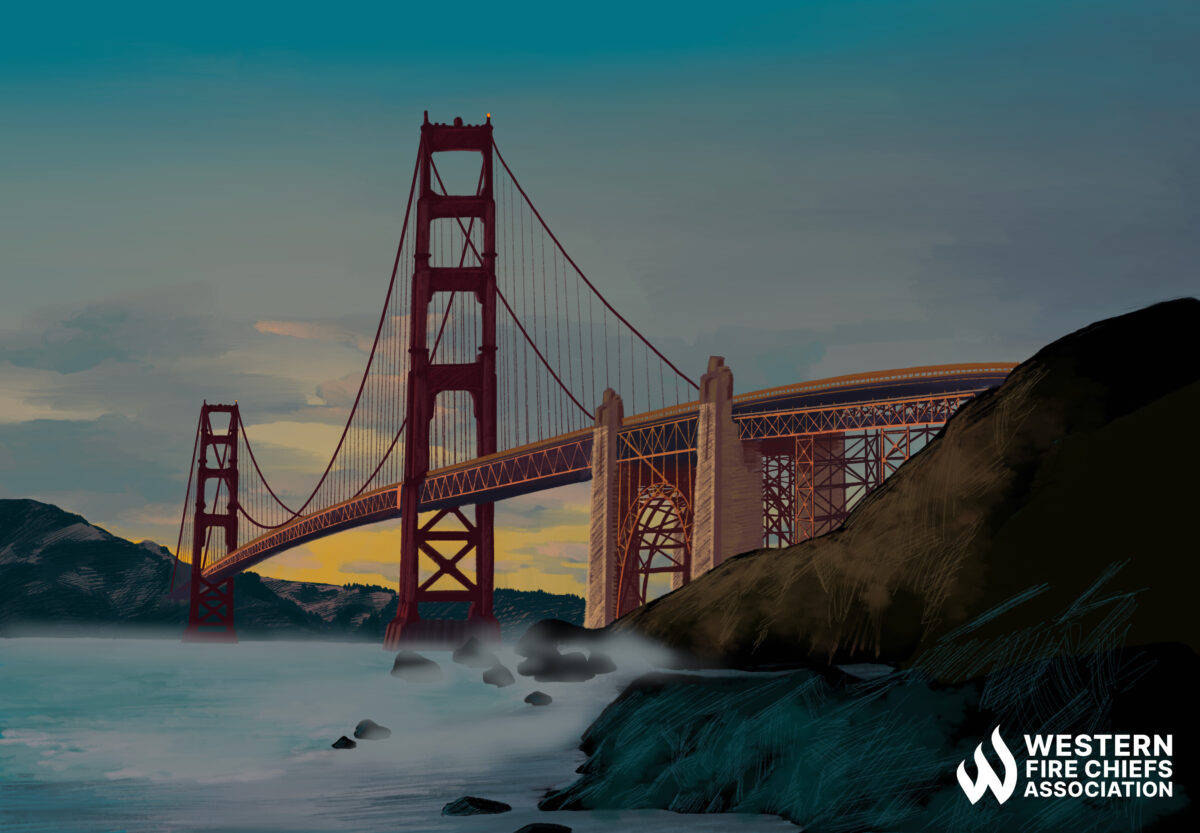Fire Pit Safety Tips
Stay safe around the campfire with tips from the Western Fire Chiefs Association. Learn essential precautions and practices for a worry-free outdoor campfire.
Explore strategies that can be leveraged to help prevent increasingly common wildfires in California with the experts from the Western Fire Chiefs (WFCA).
Published:February 14, 2023
Edited:April 24, 2024

Explore strategies that can be leveraged to help prevent increasingly common wildfires in California with the experts from the Western Fire Chiefs (WFCA).
Forests in California evolved with frequent fires to remove litter and brush and help keep space between trees. However, a century of improper land stewardship has created overgrown California forests. Trees are packed in at five times their natural density. Unplanned wildfires quickly erupt into huge conflagrations that devastate areas of the state for months.1 This rising fire risk calls for new strategies to prevent California wildfires.
Megafires are becoming increasingly common as California’s fire season grows in both intensity and duration. A megafire is defined by the U.S. Interagency Fire Center as a wildfire that burns over 100,000 acres of land.2 Several recent California fires have raged for months and burned approximately 1 million acres each. For example, the August Complex fire in 2021 is California’s largest recorded wildfire and has been described as the world’s first gigafire. It spread to seven counties, burned 1,032,648 acres, and destroyed 935 structures before it was contained.3
Wildfires are unplanned and extremely dangerous. California has seen huge increases in the number, size, and intensity of these fires, and ‘fire season’ in California is now considered to last year-round.4 A paper published in 2021 by the Stanford Woods Institute for the Environment suggests new strategies for wildfire mitigation in California. While the suggestions in this paper are aimed at policymakers, individuals can also help reduce wildfire damage to their homes and communities. Consider the following strategies to prevent wildfires in California.
Residents of California can harden their homes against the risk of wildfire damage with fire-resistant building materials, especially for roofs, house siding, porches, and decks.5 Embers often cause wildfires to spread to buildings and houses. So it is important to keep them away from your home or any outbuildings. Use metal mesh on vents and screens in windows to prevent sparks and embers from getting inside your house. You can find other home hardening tips here.
The area 200 feet around your home is considered defensible space, or an area that can be cultivated to improve your house’s chance of surviving a wildfire. This buffer zone reduces radiant heat, which can ignite combustible materials near your house, and limits the chances of sparks or embers reaching your home.6
There are several steps you can take to reduce the risk of wildfire spreading to your house. A key step is removing paths that a wildfire could use to spread from the ground or nearby trees to burn your home. Maintaining this defensible space, or firescaping, can slow or stop the spread of wildfire, defend your home against fire, and protect firefighters who are working to save your property.7
Other states have been using controlled burns to prevent fuel buildup, mostly in the Southern United States.8 California is working to adopt many of these policies at a state level. You can ensure your property is cleared of potentially combustible materials with regular landscaping and pruning.
There may also be opportunities to volunteer within your community to clear vegetation or other potential fuels from public lands and parks throughout the year. The California Prescribed Burn Association encourages communities to talk about controlled burns on private land to help protect forests from megafires.

California has abundant national parks and well-known wild areas to visit. When preparing to explore the outdoors, check local fire restrictions and avoid fire-related activities when the weather is hot, dry, and windy, or if there are drought conditions.9
Pay attention to any fire risks around you, including sparks or flammable materials that may come from your vehicle or equipment you are carrying. Be aware of your impact when exploring these natural areas.
California Fire Safe Council is a nonprofit that supports community Fire Safe Councils to help California residents prepare for wildfires. The Council offers grants for specific regions and counties in California to acquire the education, resources, and tools for wildfire preparedness, including evacuation route planning.10 Participating in a local Fire Safe Council can help your community discuss wildfire risk mitigation and disaster response.
California has a heavily developed suburban wildland urban interface, which puts human lives and property very close to areas where wildfires can start. The state also encompasses a huge range of biodiversity, ecosystems, climate, and land use, which affects wildfire risks and burn needs throughout California.11 Residents of California should be aware of their area’s risks for fire and strategies for fire prevention and emergency preparedness. Community action can help prevent wildfires, and you can stay informed about policies and local resources to mitigate wildfire risk in your area.
Stay safe around the campfire with tips from the Western Fire Chiefs Association. Learn essential precautions and practices for a worry-free outdoor campfire.
Discover essential firework safety tips to ensure a dazzling display without accidents. Learn how to celebrate responsibly with expert guidance from WFCA.
Explore the role of AI in wildfire prediction with guidance from the WFCA. Learn how advanced algorithms and data analytics enhance early detection and response.